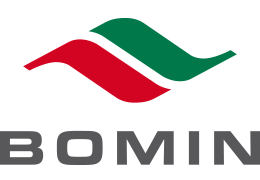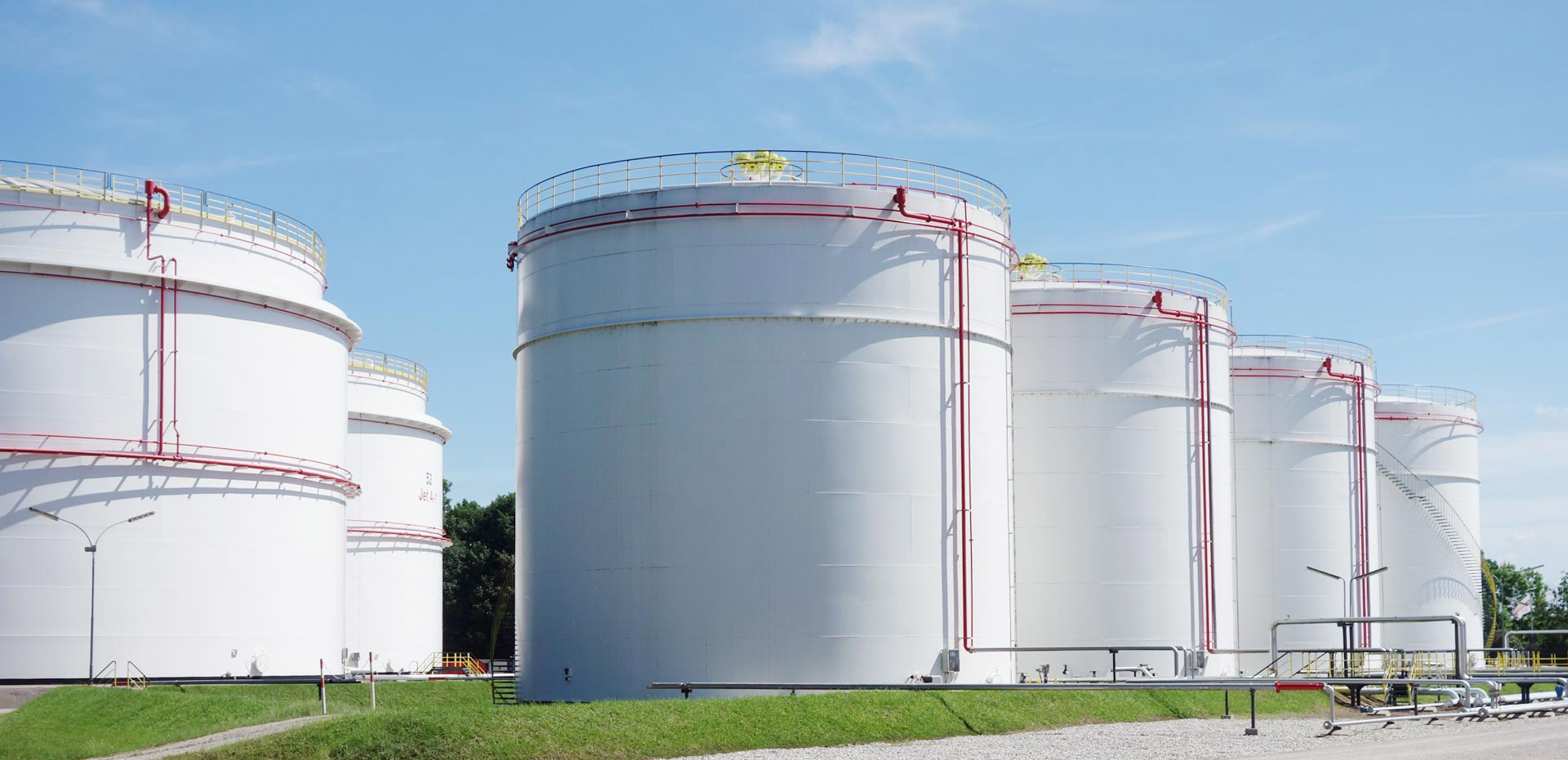Important Terms from A to Z
Marine Gasoil (MGO)
Marine gasoil (MGO) describes marine fuels that consist exclusively of distillates. Distillates are all those components of crude oil that evaporate in fractional distillation and are then condensed from the gas phase into liquid fractions. Marine gasoil usually consists of a blend of various distillates. Marine gasoil is similar to diesel fuel, but has a higher density. Unlike heavy fuel oil (HFO), marine gasoil does not have to be heated during storage.
Marine gasoil and standard heating oil largely share the same properties. Therefore, heating oil is sometimes supplied as marine fuel when there are shortages of marine gasoil according to the ISO 8217 DMA designation. However, in this case the flashpoint of the relabeled heating oil must be above 60°C, which is usually the case. Furthermore, it must be ensured that the engine technology or any installed exhaust filter systems on the ships are compatible with the relatively low sulfur content of heating oil.
MGO has a transparent to light color. If the marine fuel is used in inland waterway shipping, like heating oil it must be marked with Solvent Yellow 124 dye. In addition, the marine gasoil is colorized red. These measures are to prevent – or enable the detection of – the misuse of low-taxed and relatively cheap heating oil or marine gasoil (which is in fact often the same fuel) in inland shipping.
Marine gasoil is used in smaller medium- to high-speed auxiliary units or auxiliary motors and ship’s engines. The latter are typically found on fishing boats, small ferries or tugs. Unlike heavy fuel oil or heavy marine diesel oil (MDO) with a large proportion of heavy fuel oil, marine gasoil, which is based on the lighter distillates, has a low viscosity and can easily be pumped into the engine at temperatures of around 20°C.
The basic requirements for marine fuels are defined in the ISO 8217 standard. The quality grades DMX, DMA, DMB and DMZ according to ISO 8217 “Petroleum Products – Fuel (class F)” are also commonly referred to as marine gasoil. But because DMB marine fuel can also contain a small proportion of heavy fuel oil, it is not a pure distillate and thus not a “real” marine gasoil.
Marine gasoil, too, is produced with varying degrees of sulfur content, though the maximum permissible sulfur content of marine gasoil lies below that of heavy fuel oil. The ISO 8217 DMA quality label has a maximum permissible value of 1.5%. Low sulfur marine gasoil (LS-MGO) has a sulfur content of less than 0.1%. This marine fuel can be used in EU ports or Emission Control Areas (ECAs), which among other things impose a sulfur emissions limit corresponding to that of LS-MGO. For this reason, most shipping companies use a low sulfur marine gasoil variety DMA in these places. Alternatively, this limit can also be achieved by means of suitable equipment (filter systems, scrubbers).
Compared to marine fuels with a more or less large proportion of heavy fuel oil, emissions from marine gasoil contain significantly less particulate matter and soot. And, as the sulfur content of distillate fuel can rather easily be kept very low, and refineries are optimizing their production processes to produce less and less residual fuel (heavy fuel oil) due to the falling price of heavy fuel oil, industry insiders expect that marine gasoil will be used more often in the years ahead, and engine technology in shipping will adapt as a result. The lighter marine gasoil (MGO) and marine diesel oil (MDO) fuels, however, are significantly more expensive than heavy fuel oil, so that heavy fuel oil is still predominantly used in commercial shipping. In early April 2016, the price of marine gasoil, for example, was more than double that of heavy fuel oil.
More information about global maritime regulations and the setting of emission limits can be found in the article on Marine Fuels (Bunker Fuels).
Status: December 2015
All information subject to change. Errors and omissions excepted.


